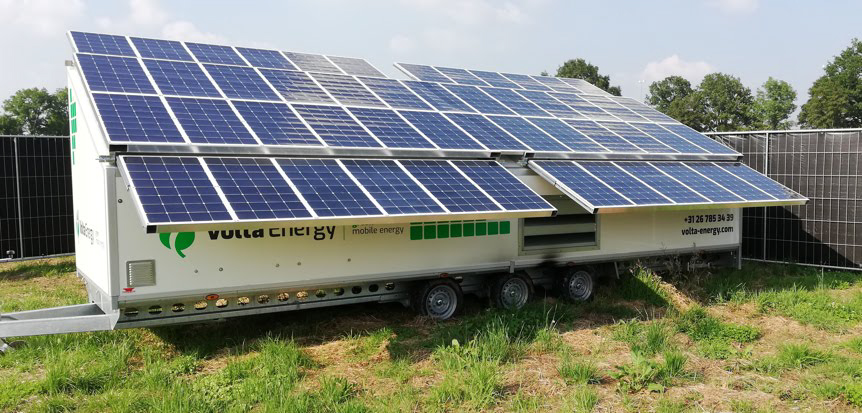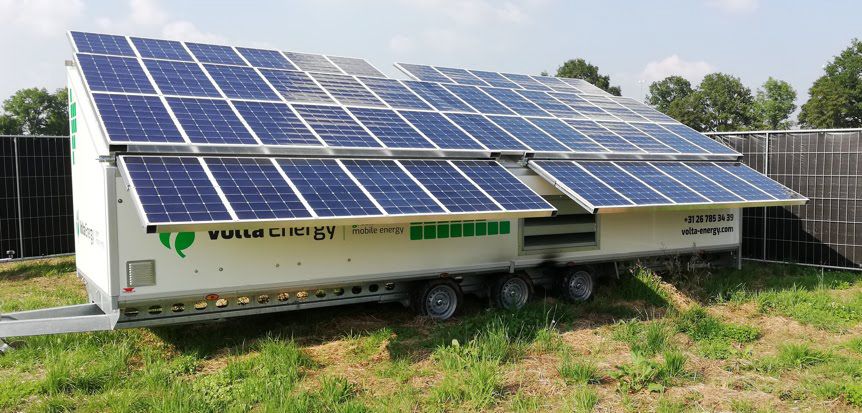Freezing machine to eradicate invasive Japanese knotweed
Source: Het belang van Limburg, Belgium (Translated from Dutch)
It may appear innocent, but the Japanese knotweed is a true nuisance. This invasive species has been spreading rapidly throughout Flanders for decades, causing damage and disruption everywhere. Due to its strong growth power, even up to 20 centimeters per day, it can damage buildings, roads, and sewage systems. Additionally, it displaces native species. Once the plant emerges somewhere, it is difficult to get rid of it.
Local authorities are therefore searching for a solution involving sending 4,000 volts through the plant’s stems. Although it yields temporary results, the plant often doesn’t disappear completely.
Sensitive to cold
The Dutch company Tibach now aims to eradicate the invasive species using freezing temperatures. Director André Evers discovered that the Japanese knotweed is sensitive to the cold. “I noticed that the plant started turning brown in October and November,” he explains. “I dug up some roots and put them in the freezer at -10 degrees Celsius for 24 hours. Then I took them out to see if any new growth would occur, but it didn’t happen.” Further research at Wageningen University confirmed that the plant dies, roots and all, at temperatures of -5 degrees Celsius. “Based on that, we developed a cooling machine powered by solar energy. The machine pumps coolant into two freezing pipes, which are placed among the rhizomes of the knotweed.”
Unprecedented results
The machine is still in the testing phase, but the results are unprecedented. “After one week, the plant is completely dead,” says Evers. “Electrocution also yields results, but it is a process that takes years. That technique can only be used in the summer months and needs to be repeated every four weeks. This machine can be used year-round, and one treatment is sufficient. There is no danger to the soil because native species already start growing there again after a few weeks.”

The cooling machine can cover an area of up to 28 square meters. In their own municipality of Oude IJsselstreek, Tibach can completely eradicate the plant within three years using this method. However, it comes with a significant price tag. “The cost is not yet known, but freezing is not cheap. We are currently working on both larger and smaller models. The goal is to eventually offer the machine for rent to businesses, governments, and individuals.”
Tibach plans to launch the machine on the international market next spring. Meanwhile, the Japanese knotweed continues to spread vigorously in Limburg. It already appears in sixty locations in Pelt. This year, the municipality is spending 15,000 euros on treating the plant. In the municipality of Hasselt, the costs amount to 50,000 euros. If left untreated, the invasion could easily surpass 100,000 euros per year in the next ten years.

